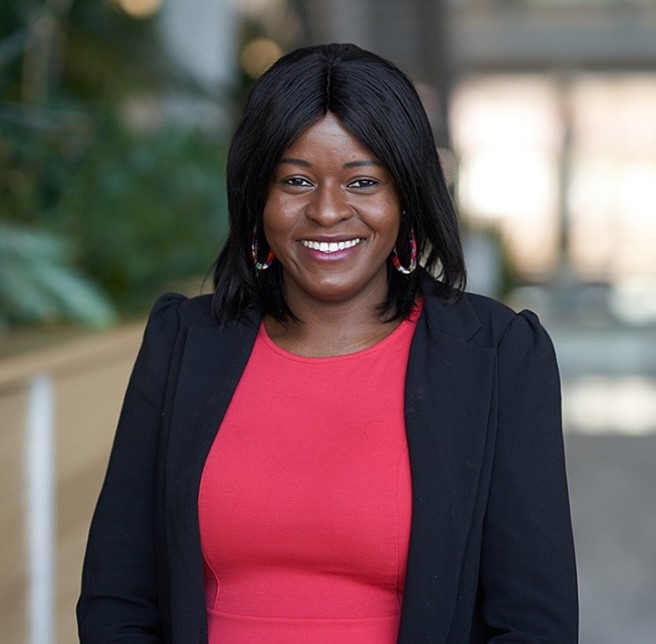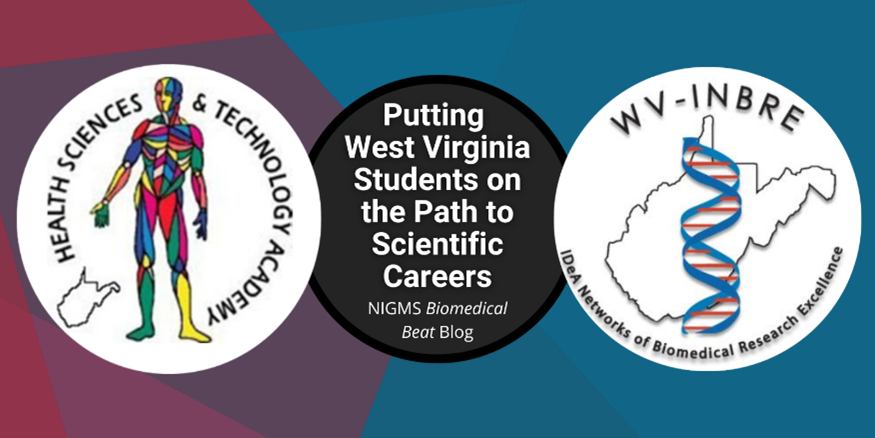
“Turning personal grief into a relentless drive for answers and action has been a big part of my life,” says Caroline Palavicino-Maggio, Ph.D., the director of the Neurobiological Mechanisms of Aggression Laboratory at McLean Hospital in Belmont, Massachusetts. Her sister’s death played a large role in her decision to study the biological mechanisms of behavior and do advocacy work in mental wellness. We spoke with Dr. Palavicino-Maggio about what her path was to becoming a researcher, what she’s learning about the cellular basis of aggression, and why she believes a career in science is exciting.
Continue reading “Analyzing Aggression in Female Fruit Flies: Q&A With Caroline Palavicino-Maggio”


















